- Chip: TCS230
- Without automatic
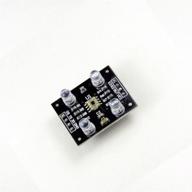
3
·
Average

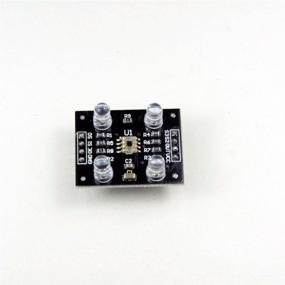
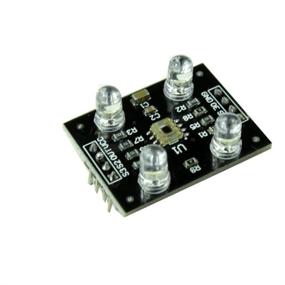
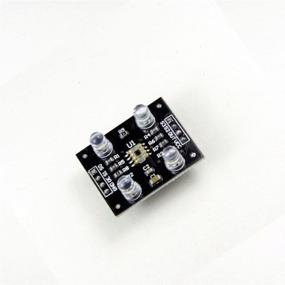

MICHELIN X-Ice North 4 SUV 305/35 R21 109T winter

26 Review
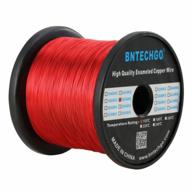
BNTECHGO 26 AWG Enameled Copper Wire - Magnet Winding Wire - 3.0 lb - 0.0157" Diameter - Red Color - Temperature Rating 155℃ - Ideal for Transformers and Inductors

29 Review

Xiaomi Air 2 Pro Wireless Headphones, Black

86 Review
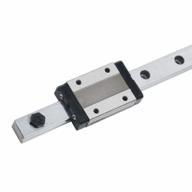
Iverntech MGN12 400Mm Linear Rail Guide Upgrade For Ender 3, Corexy, Tronxy, Delta Kossel 3D Printers And CNC Machines With Stainless Steel Carriage Block

12 Review

🚙 Belltech 2212FF Performance Street Absorber

3 Review

4Pcs RC Car Shocks 1:10 Scale Front & Rear Shock Absorber Adjustable Assembled Spring Damper Replacement Parts For 1/10 Scale RC Car HSP Redcat Hongnor LRP HPI ZD Racing Buggy Truck Truggy (Red)

12 Review

🌿 Revitalize Your Space with Natures Air Sponge 101 1DP Original Power Transmission Products

3 Review

MICHELIN X-Ice North 4 SUV 305/35 R21 109T winter

26 Review